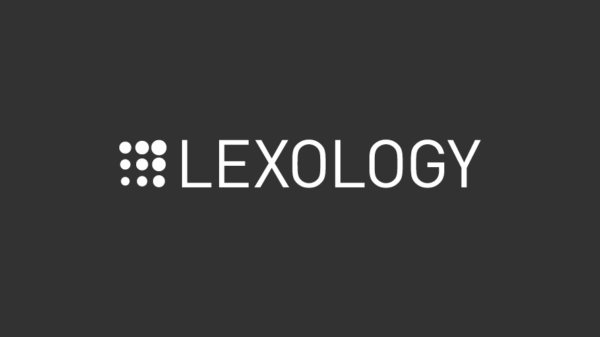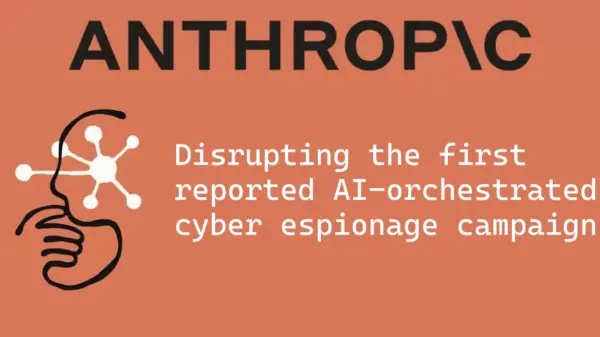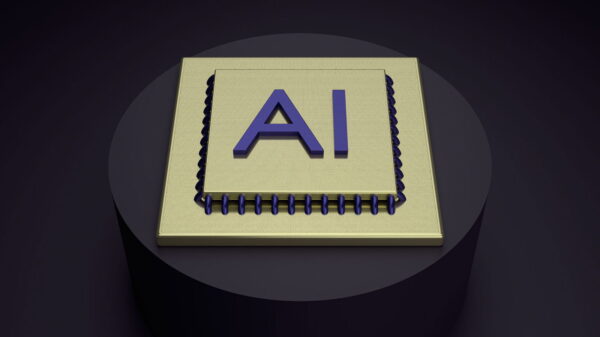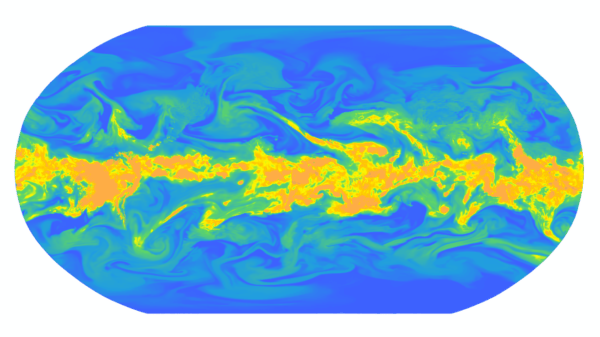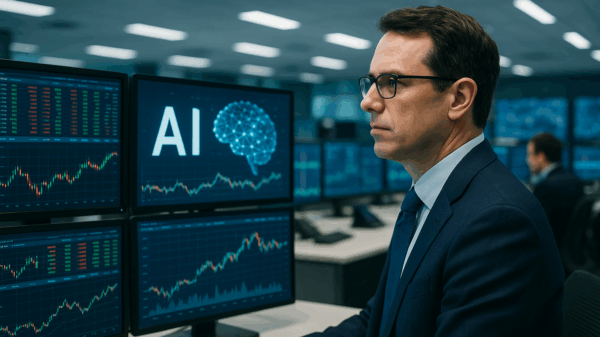Michael Burry, renowned for his role in “The Big Short,” has recently made headlines by betting against two prominent artificial intelligence (AI) stocks, Nvidia and Palantir Technologies. This move comes as both companies have significantly outperformed the market in recent years.
Burry, who gained notoriety for predicting the subprime mortgage crisis, has once again positioned himself as a key player in the financial landscape through his hedge fund, Scion Asset Management. In the latest 13F filing, it was revealed that Burry purchased put options for both Nvidia and Palantir, signaling his expectation that their stock values will decline.
Palantir has seen remarkable growth, with its shares soaring over the past two years, specifically gaining 224% in the last year. Despite this impressive momentum, Burry raises valid concerns regarding the company”s high valuation. The price-to-sales (P/S) ratio for Palantir now stands at 124, significantly outpacing its peers in the software industry. Many analysts see this as a sign of excessive speculation, reminiscent of the dot-com bubble when similar valuations were commonplace for tech stocks.
Burry appears to be drawing parallels between the current AI boom and the late 1990s internet craze, when leading companies experienced inflated valuations. Historical data shows that, during the peak of that era, P/S ratios for tech giants like Microsoft and Amazon reached between 30 and 50—numbers far below Palantir”s current valuation.
See also Microsoft”s Satya Nadella Advocates for Positive-Sum AI Partnerships
Microsoft”s Satya Nadella Advocates for Positive-Sum AI PartnershipsOn the other hand, Nvidia has established itself as a leader in high-performance chips, especially with the increasing demand for its graphics processing units (GPUs) to support generative AI projects. Although the company continues to report record revenue, Burry”s skepticism may stem from Nvidia”s P/S ratio of 29, which, while lower than its peak, still suggests that the stock could be approaching its limits. Competing firms such as Advanced Micro Devices and Broadcom are also gaining traction, potentially impacting Nvidia”s market dominance.
Indicators like the S&P 500 Shiller CAPE ratio and the Fear & Greed Index suggest that the market may be nearing a correction phase. The Fear & Greed Index currently shows fear among investors, while the Shiller CAPE ratio is hovering close to its highest levels in two decades.
While Burry”s insights regarding the AI sector”s current valuation may hold merit, it remains to be seen whether his predictions will materialize. The enthusiasm for AI technology remains robust, with major players like Meta Platforms and Microsoft significantly increasing their investments in AI infrastructure. For instance, Microsoft recently secured multibillion-dollar agreements to enhance its capabilities with Nvidia”s technology.
In conclusion, while Burry”s bearish stance on Nvidia and Palantir is grounded in historical context and valuation analysis, the ongoing demand for AI solutions could indicate that these companies still possess substantial growth potential. Investors must weigh these factors carefully when considering their positions in these high-profile AI stocks.


